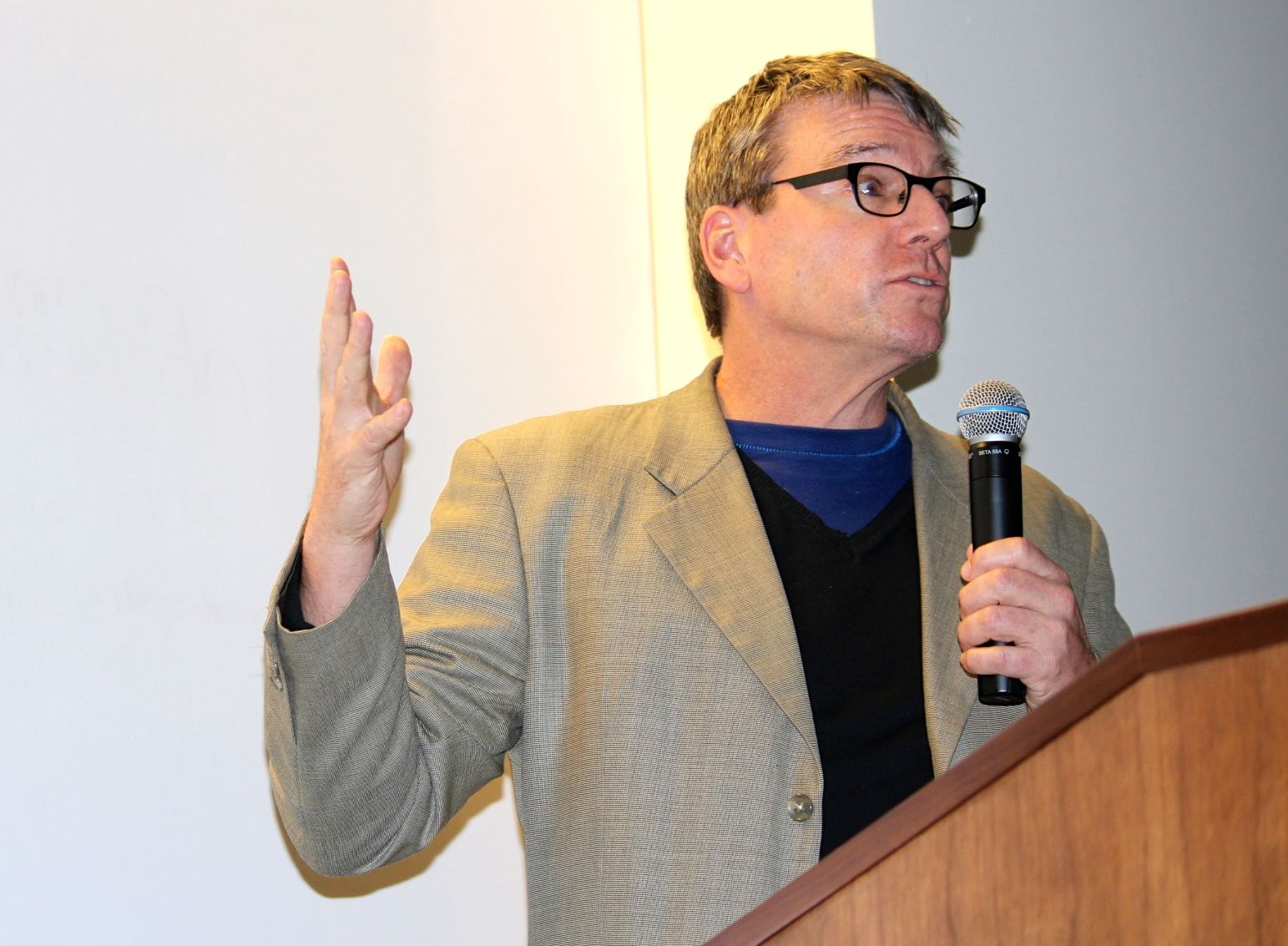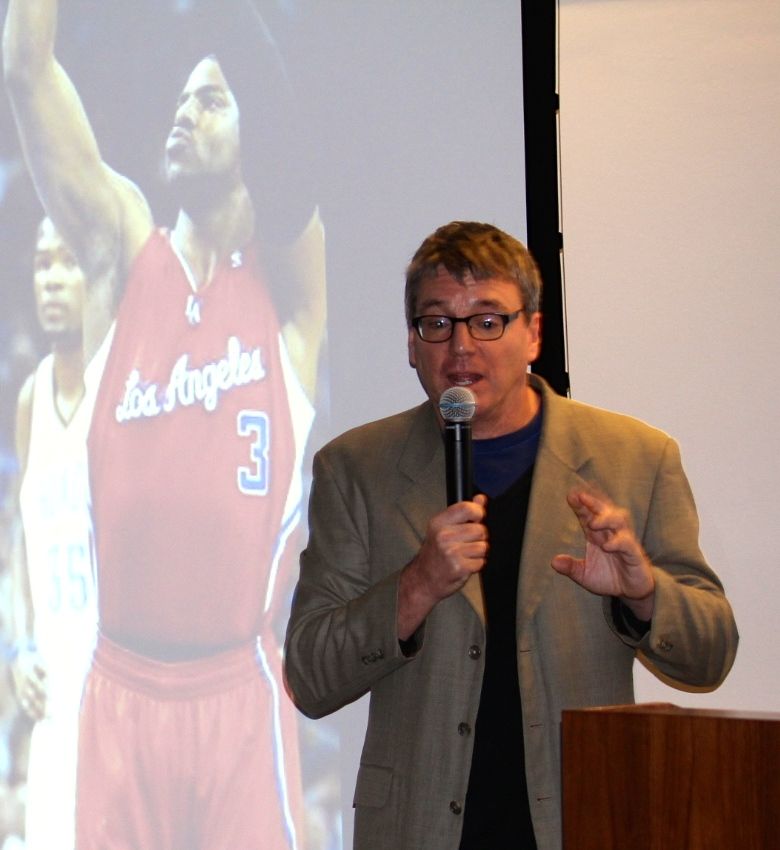New York Times science reporter addresses learning and memory
A renowned New York Times science and medical reporter shared insights from his book during a recent Academy for Teaching and Learning Excellence session.
Benedict Carey, author of “How We Learn: The Surprising Truth About When, Where, and Why it Happens,” said he gave up on learning many years ago until he “learned how to learn.”
“I made a change mentally in how I approached learning,” he said.
Carey presented a brief history of research in learning, including concepts such as the spacing effect, the forgetting curve, self-testing, and nonsense syllables, and applied the findings to a modern–though primitive–model for learning.
He emphasized the importance of learning through regular everyday activities, much the way the first humans did.
“It’s incremental. It builds up over time because your brain’s subconsciously working on a project you have already started,” he said.
Carey broke his learning model down into three segments, starting with Herman Ebbinghaus, a German psychologist whose work marked the beginning of the study of human memory. The next phrase occurred when cognitive scientists researched earlier findings and built u pon them to understand human physical and mental skills.
pon them to understand human physical and mental skills.
The final portion, said Carey, is understanding the brain as a “foraging machine … a scavenger.”
Carey said that three things happen when a person believes this model of learning.
“First, you don’t have to feel guilty about your native restlessness. You don’t have to live up to the ideal of the bookworm. Second, you have a way of judging newfangled information,” he said.
“Finally, it allows you to develop a strategy for study,” Carey added.
Carey summarized this type of learning in just a few words: “Learning is what we do.”